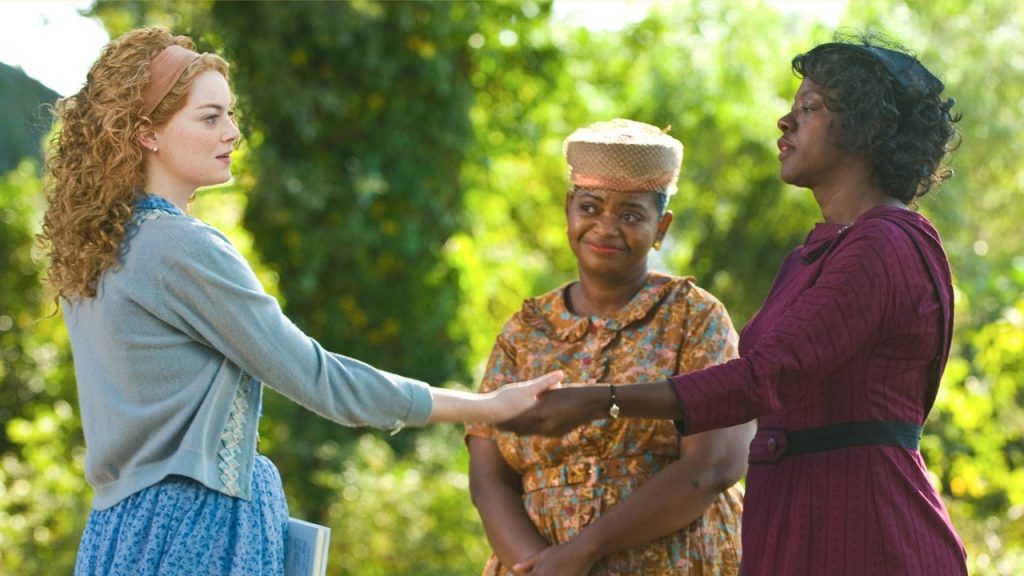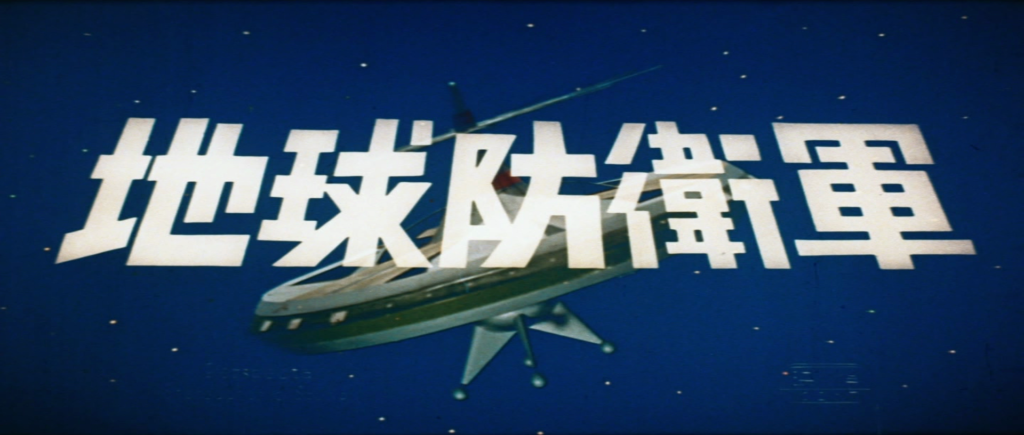“An Affair to Remember” (1957): A Timeless Romance Etched in Cinematic History – Film Review

The 1957 film “An Affair to Remember,” directed by Leo McCarey, is often hailed as one of the most romantic films ever made. Starring Cary Grant and Deborah Kerr, this movie transcends its era to deliver a story that is both poignant and enduring. A remake of McCarey’s own 1939 film “Love Affair,” “An Affair to Remember” is a masterpiece that combines emotional depth with rich cinematography and unforgettable performances.
Crafting the Narrative: Love, Separation, and Destiny
“An Affair to Remember” tells the story of Nickie Ferrante (Cary Grant) and Terry McKay (Deborah Kerr), two individuals engaged to others who meet and fall in love aboard a transatlantic ocean liner. They agree to reunite at the top of the Empire State Building in six months if their feelings remain unchanged. However, tragedy strikes, leading to misunderstandings and a test of their love and commitment.
The narrative structure is meticulously crafted, weaving together moments of romance, comedy, and drama. McCarey’s direction ensures that the story unfolds gracefully, balancing the light-hearted moments aboard the ship with the more profound, introspective scenes on land.
Behind the Scenes: Production Insights
“An Affair to Remember” was a project close to director Leo McCarey’s heart, as it allowed him to revisit and refine a story he had told nearly two decades earlier. The decision to shoot in CinemaScope and DeLuxe Color was pivotal, offering sweeping visuals that enhanced the film’s romantic appeal. McCarey’s attention to detail is evident in every frame, using color and composition to reflect the emotions and arcs of the characters.
Cary Grant and Deborah Kerr brought their characters to life with nuanced performances that captured the complexities of love and sacrifice. Their chemistry is palpable and central to the film’s impact, making the romance feel genuine and their separation all the more heart-wrenching.
Cinematic Techniques and Visual Storytelling
The cinematography in “An Affair to Remember” is notable for its use of vibrant colors and expansive shots that capture the elegance of the ocean liner and the grandeur of New York City. These visual elements are not just decorative but serve the narrative, enhancing the romantic and dramatic tones of the story.
One of the most iconic scenes—the meeting on the Empire State Building—uses the New York skyline as a backdrop, symbolizing both the peak of their romantic aspirations and the vast distance between their current lives. The use of space in these scenes emphasizes their emotional separation and the obstacles to their union.
Music and Emotional Resonance
The film’s score, composed by Hugo Friedhofer, plays a crucial role in accentuating the emotional depth of the story. The theme song, “An Affair to Remember (Our Love Affair),” composed by Harry Warren and sung by Vic Damone, became a standard, further cementing the film’s place in cultural memory. The music not only underscores the romance but also highlights the moments of sorrow and hope, weaving a deeper emotional experience for the audience.
Delving Deeper: Performances That Defined an Era
Cary Grant and Deborah Kerr deliver performances in “An Affair to Remember” that are not only compelling but also deeply reflective of their characters’ internal struggles. Grant’s portrayal of Nickie Ferrante showcases his ability to blend charm and depth, capturing a man torn between his carefree lifestyle and the profound impact of newfound love. Kerr, as Terry McKay, offers a performance filled with grace and resilience, embodying a woman’s emotional journey through love, pain, and hope. Their portrayals are often cited as among the best in their careers, particularly notable for their ability to convey complex emotions with subtlety and power.
The Chemistry on Screen
The chemistry between Grant and Kerr is pivotal to the film’s success. Their interactions are charged with a blend of initial flirtation and growing sincerity, which makes their romance believable and touching. The film’s script allows for moments of genuine connection, where both actors shine, particularly in quieter, more introspective scenes where their facial expressions and body language speak volumes about their characters’ feelings.
Cinematic Techniques: Enhancing Narrative through Visuals
Director Leo McCarey’s use of CinemaScope is particularly effective in framing the emotional landscape of the characters against vast, beautiful backdrops. Whether it’s the sweeping views of the ocean or the bustling New York Cityscape, the visuals serve to amplify the story’s emotional stakes. The scene at the Empire State Building is an exemplary use of framing and perspective, using the architectural symbol as a poignant marker of the couple’s romantic aspirations and the physical space between them when tragedy strikes.
Sound Design and Musical Themes
Hugo Friedhofer’s score is a critical element in binding the film’s emotional undertones with its visual storytelling. The music swells and recedes at key moments, particularly enhancing scenes of romantic realization and personal tragedy. The title song, “An Affair to Remember,” recurs throughout the film, acting as a leitmotif that reinforces the themes of love and memory. This auditory cue not only enhances the film’s romantic feel but also etches itself into the audience’s memory, associating the melody with the film’s poignant moments.
Cultural Impact and Reevaluation
“An Affair to Remember” has grown in stature over the decades, partly due to its acknowledgment in popular culture and its influence on the romance genre. The film’s structure and thematic exploration have inspired numerous filmmakers and storytellers, who see it as a template for crafting emotionally resonant romantic dramas that do not shy away from exploring themes of loss and redemption.
The film’s inclusion in various critical lists of the greatest films ever made speaks to its enduring legacy. Its ability to resonate with audiences across different generations underscores its universal themes and the timeless appeal of its story and performances.
Educational and Critical Relevance
In academic circles, “An Affair to Remember” is often studied for its narrative structure, character development, and its innovative use of music and visuals to enhance the romantic drama. Film scholars praise the film for its complex portrayal of relationships, its cinematic techniques, and its handling of themes that challenge the characters’ traditional roles.
Moreover, the film serves as a cultural artifact, providing insight into the social and cinematic norms of the 1950s. It offers a window into the era’s perceptions of romance, commitment, and personal fulfillment, reflecting broader societal values and the evolving landscape of American cinema.
“An Affair to Remember” continues to be a vital part of the conversation about film history, not only as a beloved classic but also as a study in effective filmmaking. Its impact on the romance genre and its status as a cultural touchstone make it a significant subject for study and appreciation, ensuring its place in the pantheon of classic American films.




